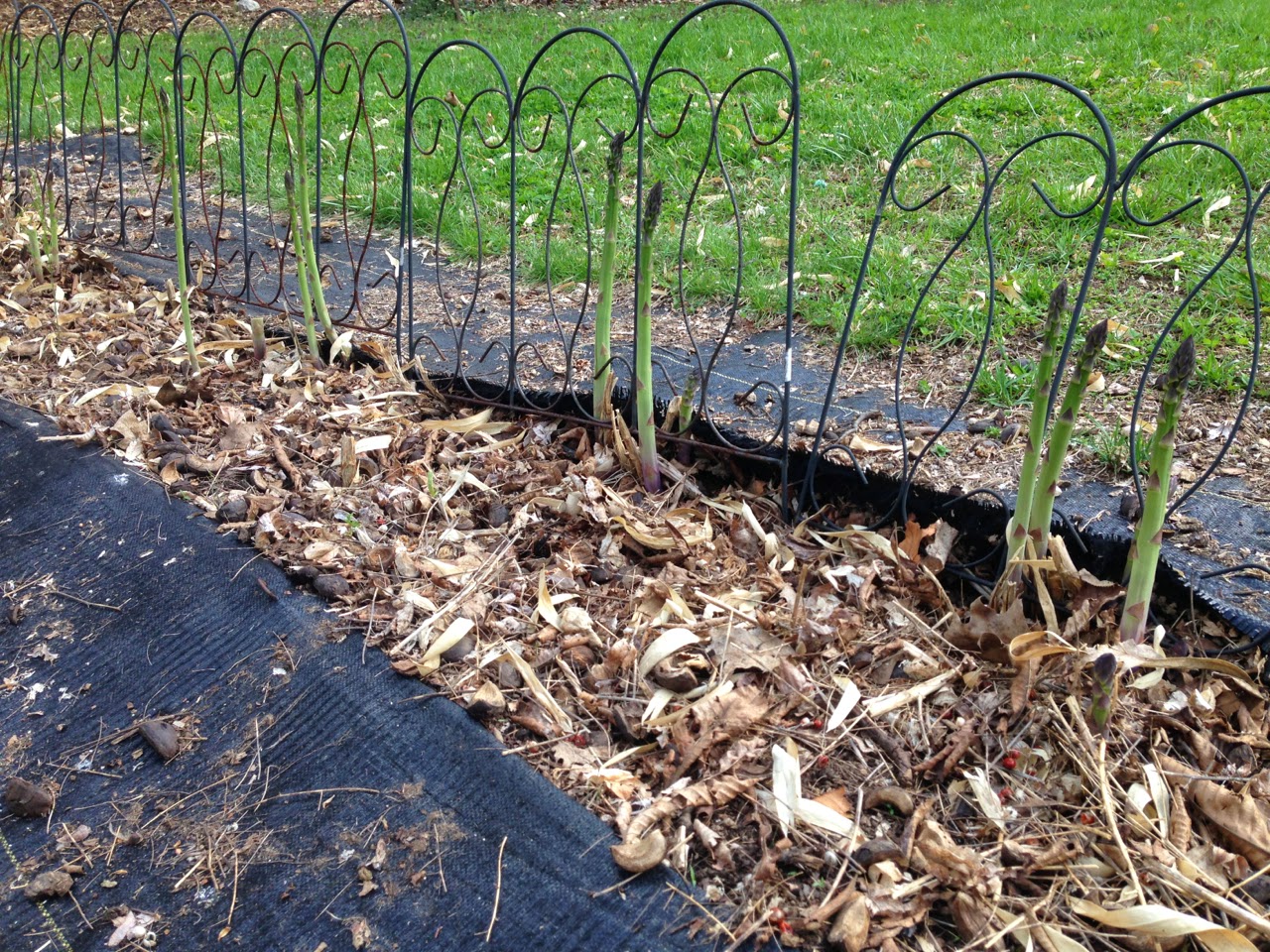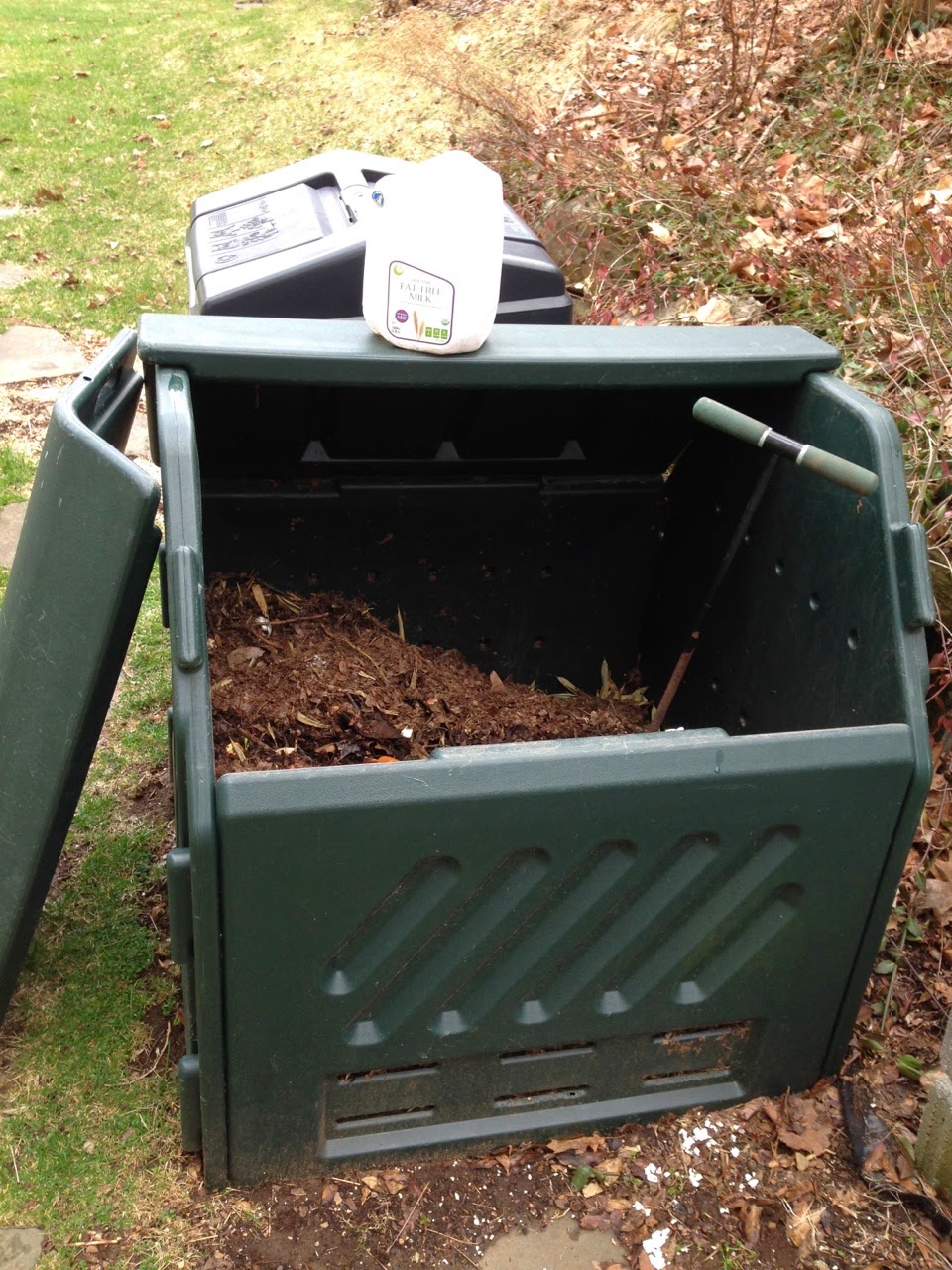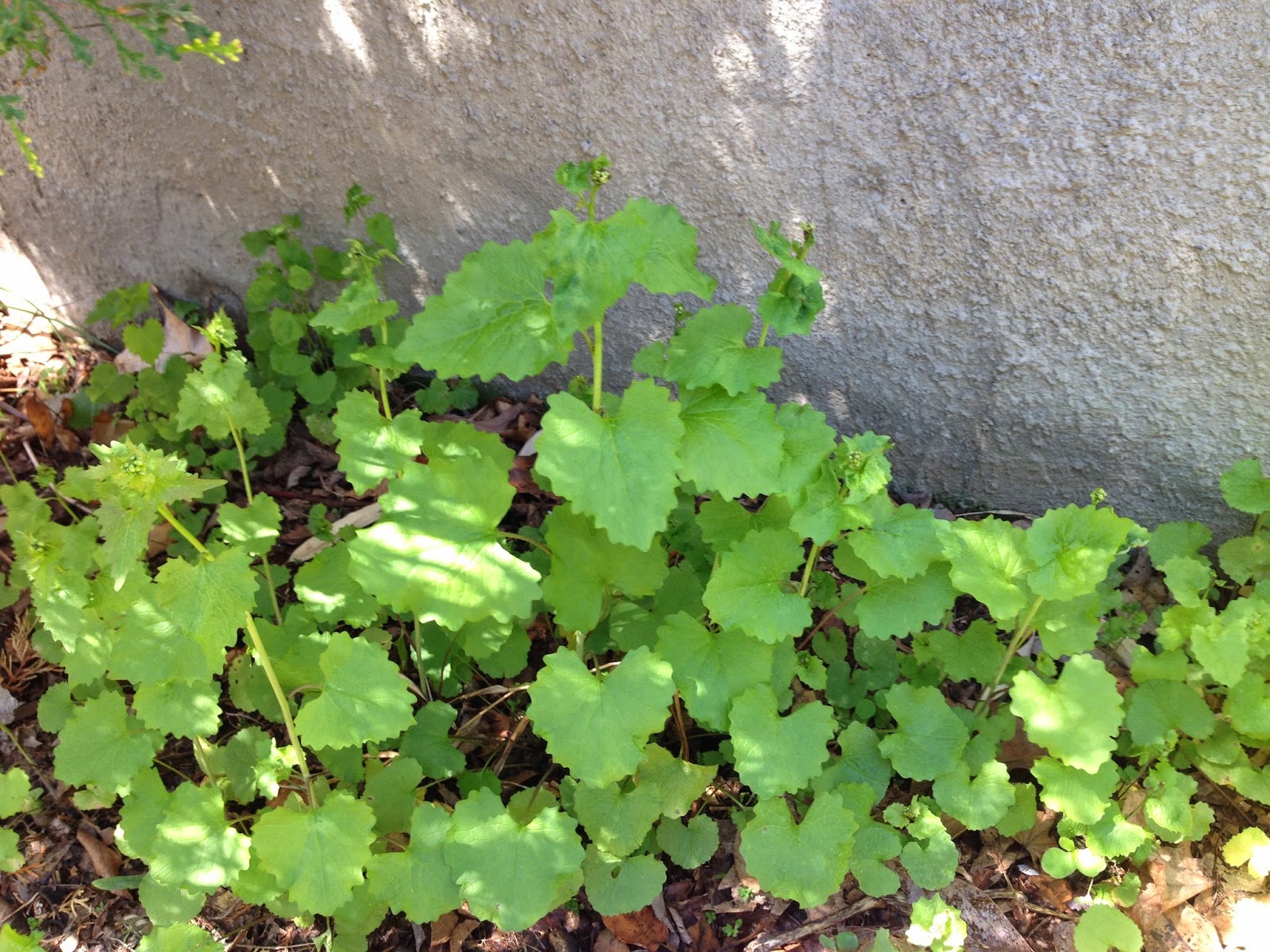Now that the temperature is starting to creep up here in NY, it’s good to remind ourselves to turn the shower a little colder each day. Turn your shower to its normal temperature setting and then adjust so it’s slightly colder than you would like. For those of you with young children, do the same for their bathwater.
Adjusting the shower/bath water temperature colder:
1. Acclimates your body to colder water so that you will be all set for summer swimming in lakes, rivers, pools and the ocean. A scientist I knew who worked on a boat in Alaska once told me that everyone on the boat jumped into the freezing water each day to make sure that if they ever fell overboard, their bodies would be acclimated to the cold water.
2. Saves energy. Not only do you save energy by not heating up the water, but you also save energy by not having to cool down your house or apartment after heating up the hot water and having the hot water travel through your pipes.
3. Saves water. At least for me, the colder the shower, the quicker the shower, and the less water used.
4. Is good for your hair and skin. Folk wisdom has it that cold water is better for your hair and skin than warm water. (Although, this might just be due to quicker showers (#3), rather than anything intrinsic about the water temperature.)
Of course, you could also try not showering for a while and growing your microbiome instead, as was described in this interesting NYT article: My No-Soap, No-Shampoo, Bacteria-Rich Hygiene Experiment













